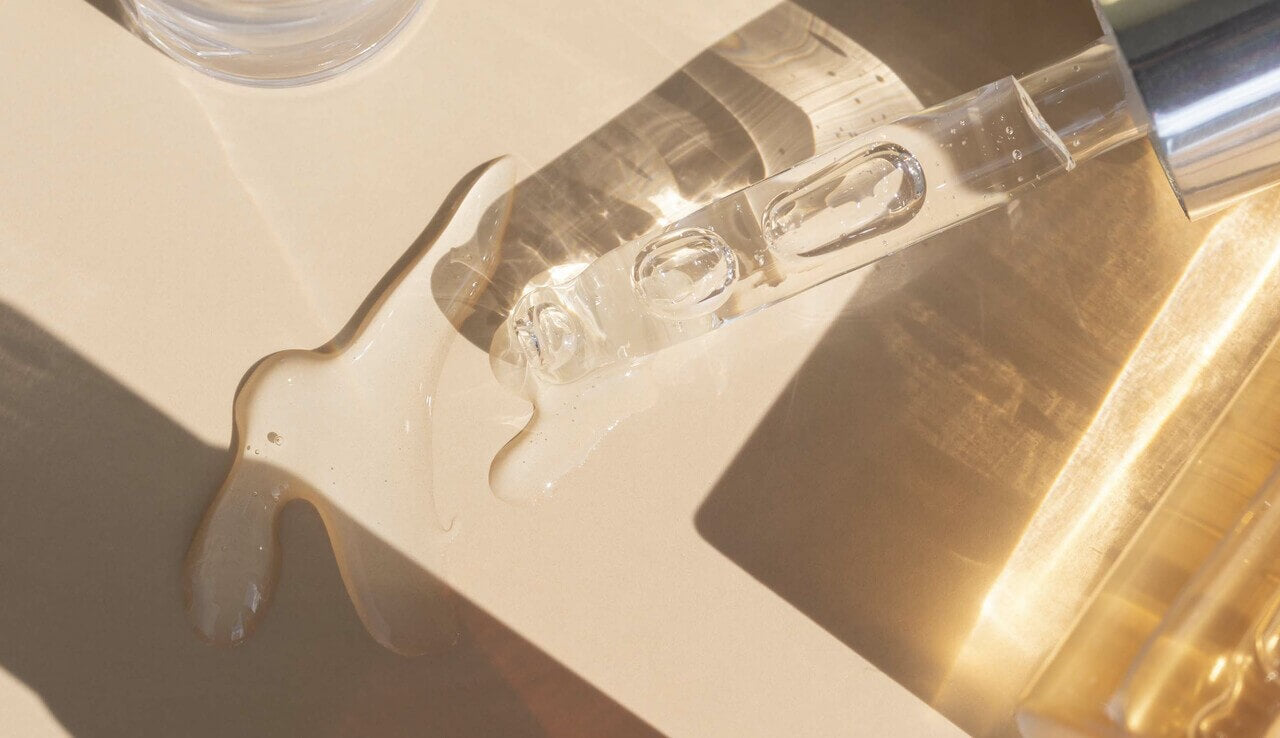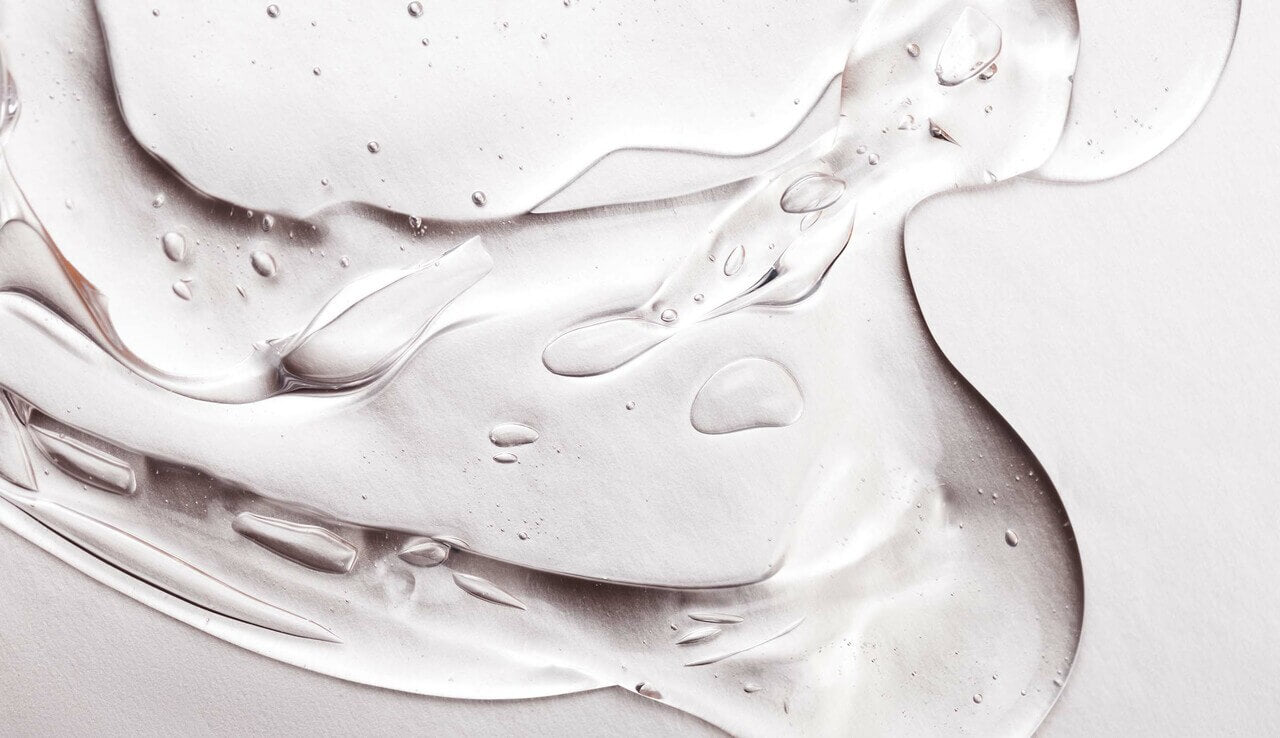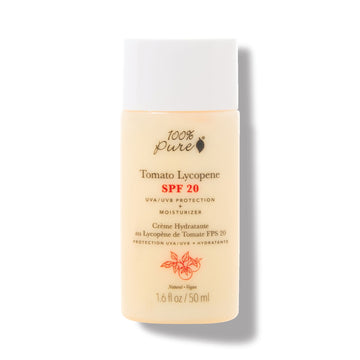Thinking of trying tretinoin? Read the fine print, first
Written by: 100% PURE®
Anti-aging ingredients come and go, but there’s one contender that is the industry’s gold standard for keeping the signs of aging at bay. Dubbed the fountain of youth, tretinoin is considered the benchmark ingredient for youthful, clear skin.
Though tretinoin has been more in the background compared to the ease of getting other OTC anti-aging retinols, the superstar powerhouse has seen a rise in popularity. Find out the benefits of this skin care A-lister and how to safely use tretinoin for a firmer, clear complexion.
Chances are, if you have considered dermatological interventions for wrinkles or acne, you have come across tretinoin – commonly referred to as Retin-A – which shouldn’t be confused with retinol (more on that soon).
Commonly sold under the brand name Retin-A or all-trans retinoic acid, tretinoin is an acidic form of vitamin A that can be traced back to the ‘60s as an effective way to treat acne. It was also later discovered as an effective solution to treat wrinkles and aging skin. Retin-A is prescription-strength retinol that is stronger and quicker to yield anti-aging results on the skin than many over-the-counter retinoids.
So, why would a doctor prescribe tretinoin, and what’s behind its sudden rise in popularity? As a stronger substance than retinol, tretinoin has a proven reputation for treating acne. It also has substantial anti-wrinkle properties.
It may sound counterintuitive, but tretinoin works by irritating the skin. This result creates peeling of it, speeding up the life cycle of skin cells. It makes them divide faster and die faster, so newer, healthier cells can take their place.
Starting tretinoin can be harsh on the skin, initially causing redness, peeling, and flaking. Many have found some solace in getting through potential side effects using it during the pandemic. With people spending more time indoors, the initial downtime period using tretinoin can be easier to manage.

If you’ve heard of retinol having similar anti-aging properties to tretinoin, you’re not alone! Though it can get confusing with all these vitamin A derivatives getting tossed around, both retinol and tretinoin have some similarities yet notable differences.
Both tretinoin and retinol stimulate cell turnover, essentially exfoliating the top, dead layers of skin to reveal a fresher and smoother complexion. Both substances can also stimulate the production of collagen and elastin in the skin, giving it a more toned and youthful appearance. In addition to evening out the surface of the skin, these substances can also treat sun-damaged skin and even out areas of pigmentation.
Retinols are an over-the-counter anti-aging remedy popular in the skin care and cosmetics industries. Like tretinoin, retinols say bye-bye to old skin cells and can help trigger collagen production in our skin. It is less potent with milder and less irritating side effects than tretinoin, making it an ideal solution for those with dry or sensitive skin.
Whether you start with tretinoin or retinol, it’s best to start slowly and build up carefully when using either product. With retinoids, be sure to read labels and instructions before use. Tretinoin users will need to consult with their dermatologist about the proper strength and usage.
As we mentioned, tretinoin can cause a bit of peeling and flaking of the skin since it’s a form of exfoliation. This is why we recommend using it (and retinol) products at nighttime only. Using these vitamin A superstars during the day can expose new skin to harsh UV rays and increase your risk of sunburn. Speaking of sunburn – don’t forget the SPF!
Finally, to ensure the most safety, do not combine retinol products with facial peels or other forms of deep exfoliation. It’s best to use this product in 3-4 month cycles. Observe the results, give your skin a break, and then re-introduce tretinoin after consulting with your doctor for the best overall outcome.
Whether it’s the no-makeup selfie or the unblemished glass-skin trends, tretinoin certainly has the spotlight as the go-to for smooth, healthier skin. And while tretinoin is a product that must be used properly and with the recommended precautions, we believe that the benefits far outweigh the care and rules required to use it.
- Tags: Ingredients, January-2022, Skin Care
We carefully hand-select products based on strict purity standards, and only recommend products we feel meet this criteria. 100% PURE™ may earn a small commission for products purchased through affiliate links.
The information in this article is for educational use, and not intended to substitute professional medical advice, diagnosis, or treatment and should not be used as such.












